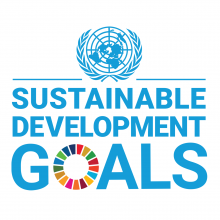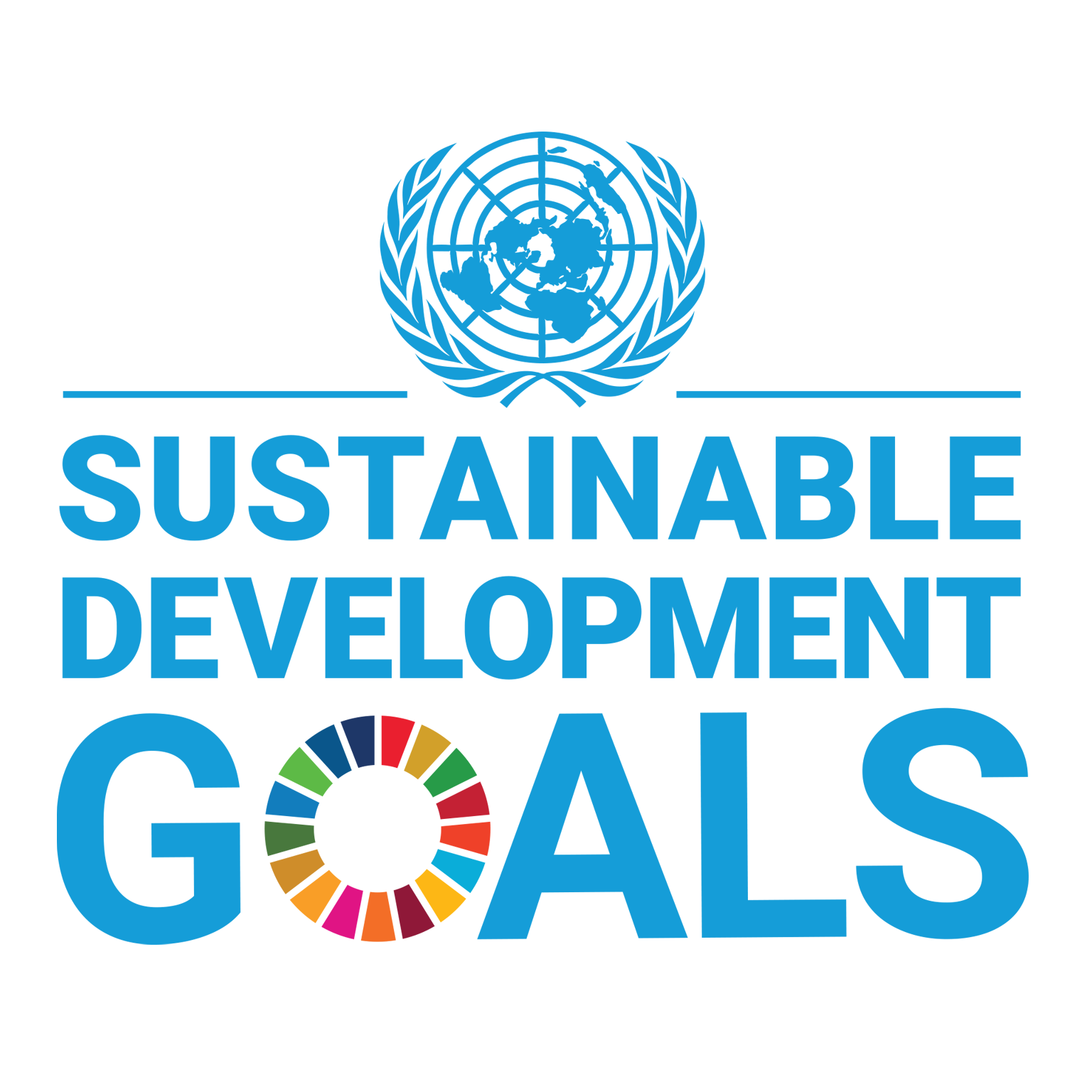Mapping Synergies and Trade-offs in the Sustainable Development Goals Network: A Case Study from Jordan
Mapping relationships between Sustainable Development Goals (SDG) indicators can be useful to inform policymaking. So far, studies using Network Analysis or Graph Theory have depicted the relationships between SDG indicators based on how the SDGs were worded. With Jordan as a case study, and basing the existence of such relationships on actual data, this paper shows that previous works have overestimated the number of relationships. The results are consistent with the view that economic factors remain the central driver to achieve the SDGs: remittances, growth, household consumption or reductions in inequality show the highest number of synergies. On the other hand, unemployment (particularly of the youth), children out of school and reductions in foreign aid exhibit trade-offs with other indicators.


Add new comment